Danny Crookes
Machine Learning-based Biological Ageing Estimation Technologies: A Survey
Jun 25, 2022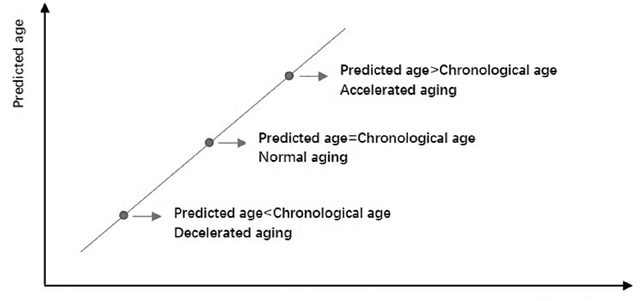

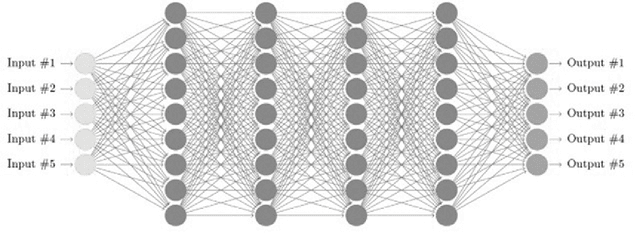

Abstract:In recent years, there are various methods of estimating Biological Age (BA) have been developed. Especially with the development of machine learning (ML), there are more and more types of BA predictions, and the accuracy has been greatly improved. The models for the estimation of BA play an important role in monitoring healthy aging, and could provide new tools to detect health status in the general population and give warnings to sub-healthy people. We will mainly review three age prediction methods by using ML. They are based on blood biomarkers, facial images, and structural neuroimaging features. For now, the model using blood biomarkers is the simplest, most direct, and most accurate method. The face image method is affected by various aspects such as race, environment, etc., the prediction accuracy is not very good, which cannot make a great contribution to the medical field. In summary, we are here to track the way forward in the era of big data for us and other potential general populations and show ways to leverage the vast amounts of data available today.
* in Recent Advances in AI-enabled Automated Medical Diagnosis https://www.routledge.com/Recent-Advances-in-AI-enabled-Automated-Medical-Diagnosis/Jiang-Crookes-Wei-Zhang-Chazot/p/book/9781032008431
Multi-Channel Auto-Encoders and a Novel Dataset for Learning Domain Invariant Representations of Histopathology Images
Jul 15, 2021


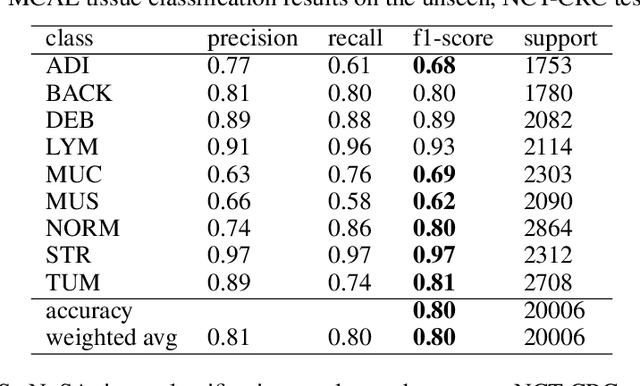
Abstract:Domain shift is a problem commonly encountered when developing automated histopathology pipelines. The performance of machine learning models such as convolutional neural networks within automated histopathology pipelines is often diminished when applying them to novel data domains due to factors arising from differing staining and scanning protocols. The Dual-Channel Auto-Encoder (DCAE) model was previously shown to produce feature representations that are less sensitive to appearance variation introduced by different digital slide scanners. In this work, the Multi-Channel Auto-Encoder (MCAE) model is presented as an extension to DCAE which learns from more than two domains of data. Additionally, a synthetic dataset is generated using CycleGANs that contains aligned tissue images that have had their appearance synthetically modified. Experimental results show that the MCAE model produces feature representations that are less sensitive to inter-domain variations than the comparative StaNoSA method when tested on the novel synthetic data. Additionally, the MCAE and StaNoSA models are tested on a novel tissue classification task. The results of this experiment show the MCAE model out performs the StaNoSA model by 5 percentage-points in the f1-score. These results show that the MCAE model is able to generalise better to novel data and tasks than existing approaches by actively learning normalised feature representations.
Private Facial Diagnosis as an Edge Service for Parkinson's DBS Treatment Valuation
May 16, 2021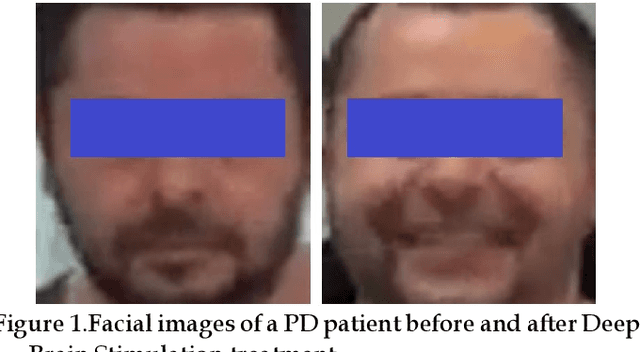
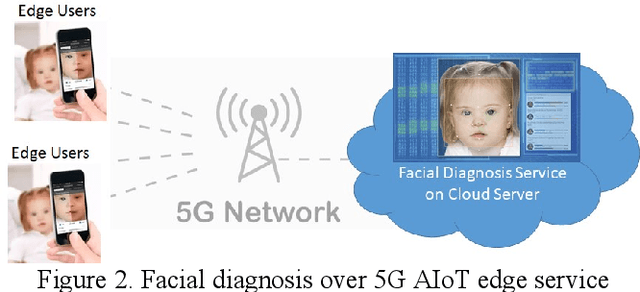
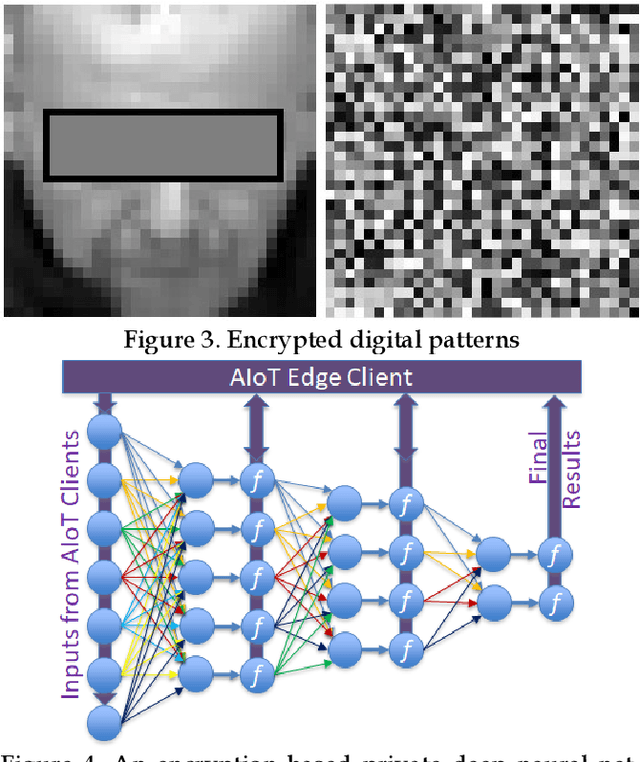

Abstract:Facial phenotyping has recently been successfully exploited for medical diagnosis as a novel way to diagnose a range of diseases, where facial biometrics has been revealed to have rich links to underlying genetic or medical causes. In this paper, taking Parkinson's Diseases (PD) as a case study, we proposed an Artificial-Intelligence-of-Things (AIoT) edge-oriented privacy-preserving facial diagnosis framework to analyze the treatment of Deep Brain Stimulation (DBS) on PD patients. In the proposed framework, a new edge-based information theoretically secure framework is proposed to implement private deep facial diagnosis as a service over a privacy-preserving AIoT-oriented multi-party communication scheme, where partial homomorphic encryption (PHE) is leveraged to enable privacy-preserving deep facial diagnosis directly on encrypted facial patterns. In our experiments with a collected facial dataset from PD patients, for the first time, we demonstrated that facial patterns could be used to valuate the improvement of PD patients undergoing DBS treatment. We further implemented a privacy-preserving deep facial diagnosis framework that can achieve the same accuracy as the non-encrypted one, showing the potential of our privacy-preserving facial diagnosis as an trustworthy edge service for grading the severity of PD in patients.
Towards advancing the earthquake forecasting by machine learning of satellite data
Jan 31, 2021
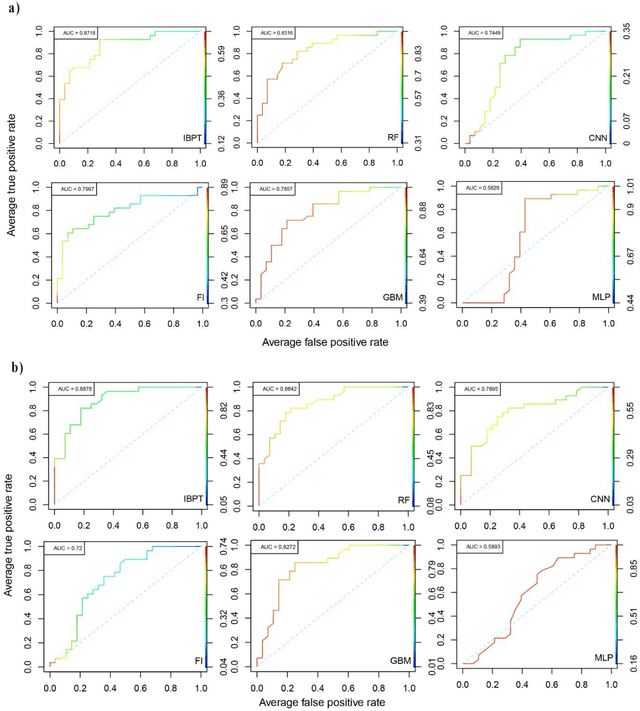
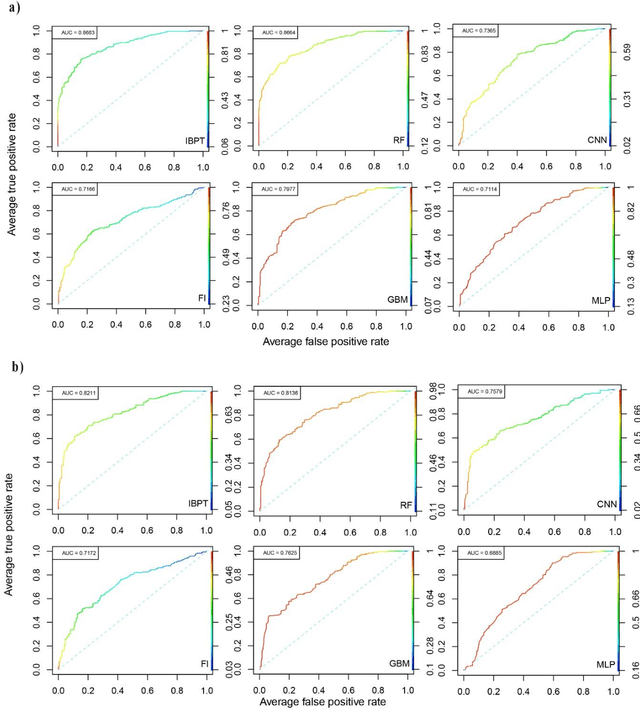
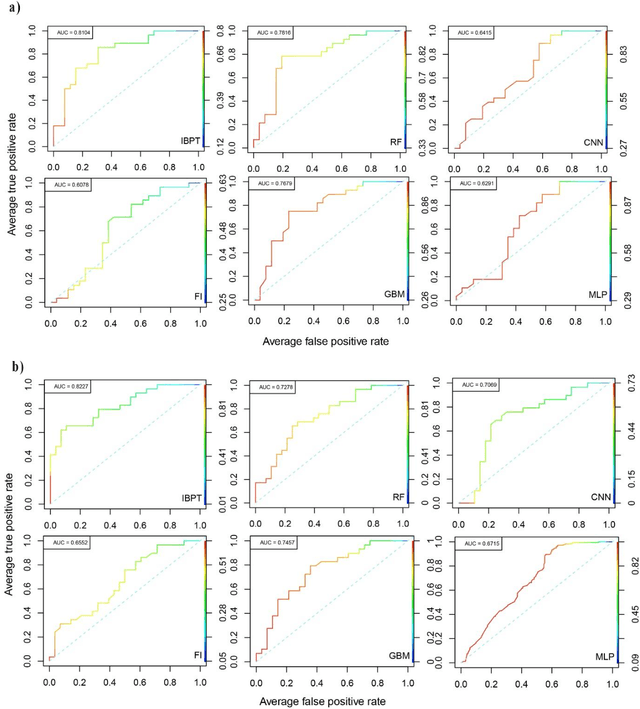
Abstract:Amongst the available technologies for earthquake research, remote sensing has been commonly used due to its unique features such as fast imaging and wide image-acquisition range. Nevertheless, early studies on pre-earthquake and remote-sensing anomalies are mostly oriented towards anomaly identification and analysis of a single physical parameter. Many analyses are based on singular events, which provide a lack of understanding of this complex natural phenomenon because usually, the earthquake signals are hidden in the environmental noise. The universality of such analysis still is not being demonstrated on a worldwide scale. In this paper, we investigate physical and dynamic changes of seismic data and thereby develop a novel machine learning method, namely Inverse Boosting Pruning Trees (IBPT), to issue short-term forecast based on the satellite data of 1,371 earthquakes of magnitude six or above due to their impact on the environment. We have analyzed and compared our proposed framework against several states of the art machine learning methods using ten different infrared and hyperspectral measurements collected between 2006 and 2013. Our proposed method outperforms all the six selected baselines and shows a strong capability in improving the likelihood of earthquake forecasting across different earthquake databases.
Shallow Unorganized Neural Networks using Smart Neuron Model for Visual Perception
Jul 21, 2019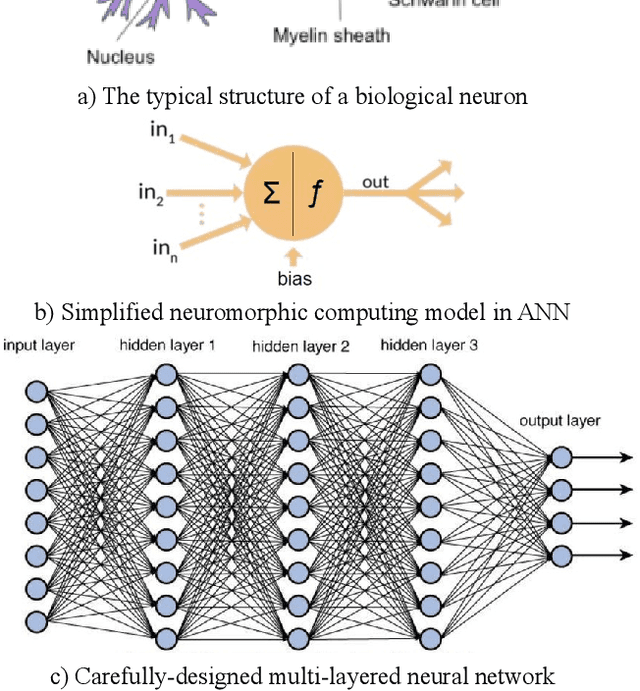
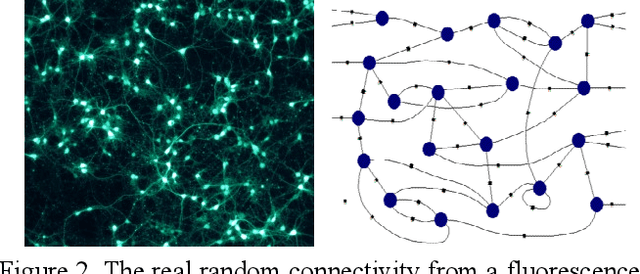
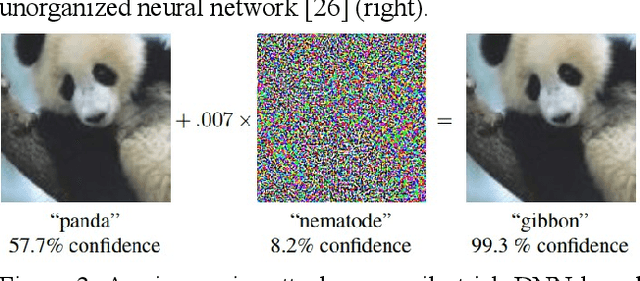
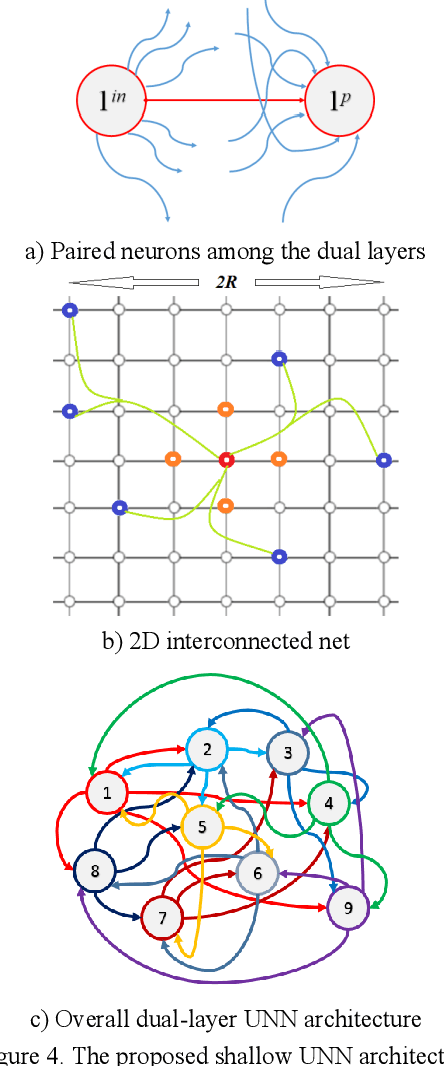
Abstract:The recent success of Deep Neural Networks (DNNs) has revealed the significant capability of neuromorphic computing in many challenging applications. Although DNNs are derived from emulating biological neurons, there still exist doubts over whether or not DNNs are the final and best model to emulate the mechanism of human intelligence. In particular, there are two discrepancies between computational DNN models and the observed facts of biological neurons. First, human neurons are interconnected randomly, while DNNs need carefully-designed architectures to work properly. Second, human neurons usually have a long spiking latency (~100ms) which implies that not many layers can be involved in making a decision, while DNNs could have hundreds of layers to guarantee high accuracy. In this paper, we propose a new computational neuromorphic model, namely shallow unorganized neural networks (SUNNs), in contrast to DNNs. The proposed SUNNs differ from standard ANNs or DNNs in three fundamental aspects: 1) SUNNs are based on an adaptive neuron cell model, Smart Neurons, that allows each neuron to adaptively respond to its inputs rather than carrying out a fixed weighted-sum operation like the neuron model in ANNs/DNNs; 2) SUNNs cope with computational tasks using only shallow architectures; 3) SUNNs have a natural topology with random interconnections, as the human brain does, and as proposed by Turing's B-type unorganized machines. We implemented the proposed SUNN architecture and tested it on a number of unsupervised early stage visual perception tasks. Surprisingly, such shallow architectures achieved very good results in our experiments. The success of our new computational model makes it a working example of Turing's B-Type machine that can achieve comparable or better performance against the state-of-the-art algorithms.
Detection and Tracking of Multiple Mice Using Part Proposal Networks
Jun 06, 2019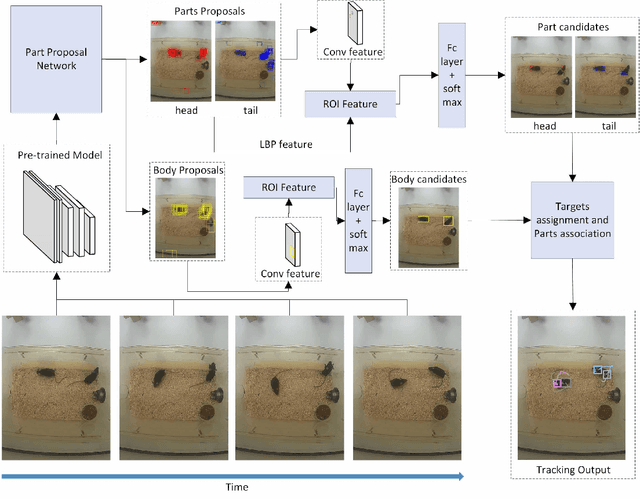
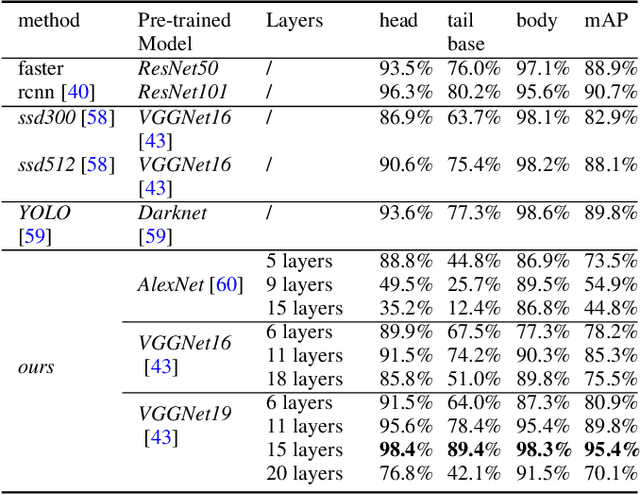
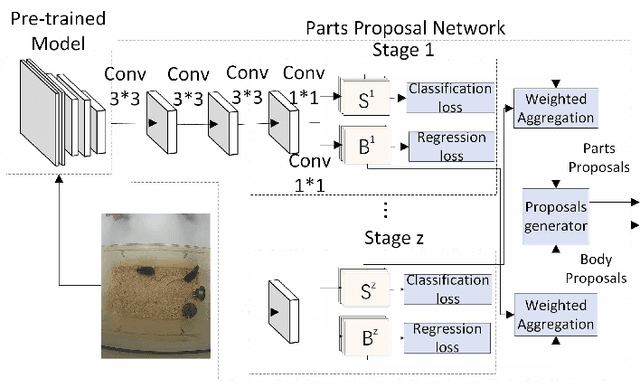

Abstract:The study of mouse social behaviours has been increasingly undertaken in neuroscience research. However, automated quantification of mouse behaviours from the videos of interacting mice is still a challenging problem, where object tracking plays a key role in locating mice in their living spaces. Artificial markers are often applied for multiple mice tracking, which are intrusive and consequently interfere with the movements of mice in a dynamic environment. In this paper, we propose a novel method to continuously track several mice and individual parts without requiring any specific tagging. Firstly, we propose an efficient and robust deep learning based mouse part detection scheme to generate part candidates. Subsequently, we propose a novel Bayesian Integer Linear Programming Model that jointly assigns the part candidates to individual targets with necessary geometric constraints whilst establishing pair-wise association between the detected parts. There is no publicly available dataset in the research community that provides a quantitative test-bed for the part detection and tracking of multiple mice, and we here introduce a new challenging Multi-Mice PartsTrack dataset that is made of complex behaviours and actions. Finally, we evaluate our proposed approach against several baselines on our new datasets, where the results show that our method outperforms the other state-of-the-art approaches in terms of accuracy.
Social Behavioral Phenotyping of Drosophila with a2D-3D Hybrid CNN Framework
Mar 27, 2019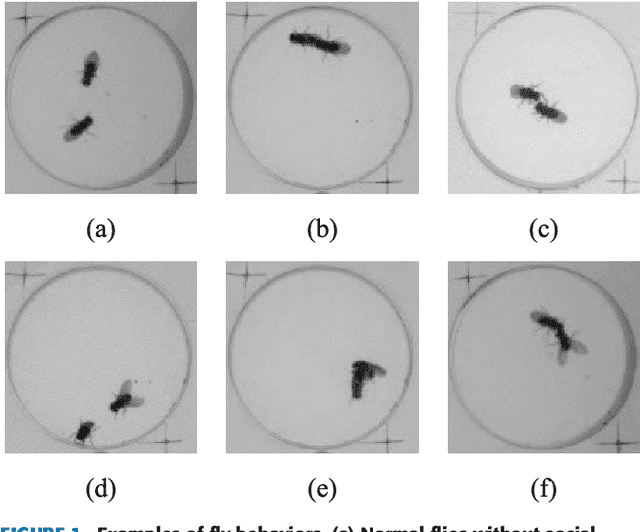
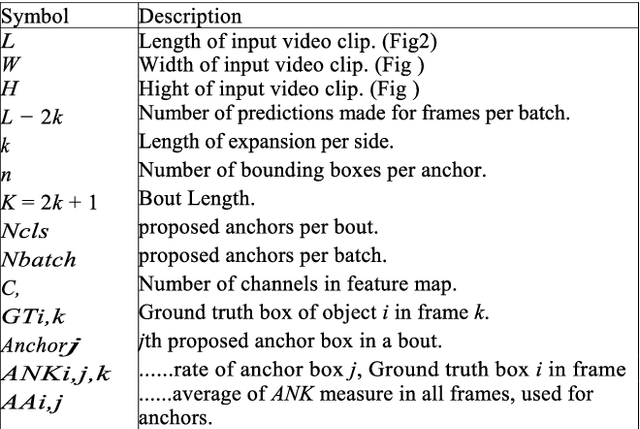
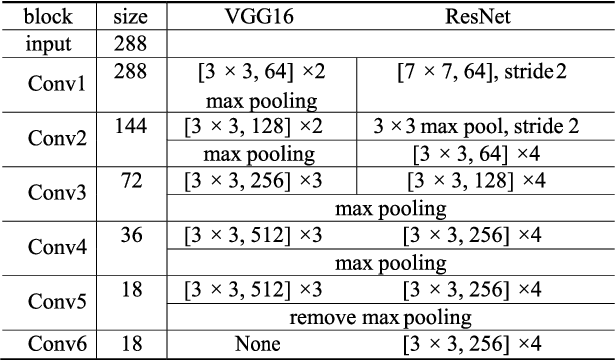
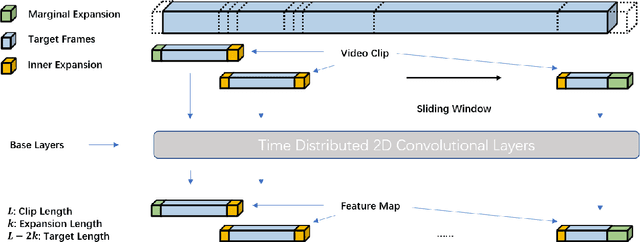
Abstract:Behavioural phenotyping of Drosophila is an important means in biological and medical research to identify genetic, pathologic or psychologic impact on animal behaviour.
 Add to Chrome
Add to Chrome Add to Firefox
Add to Firefox Add to Edge
Add to Edge